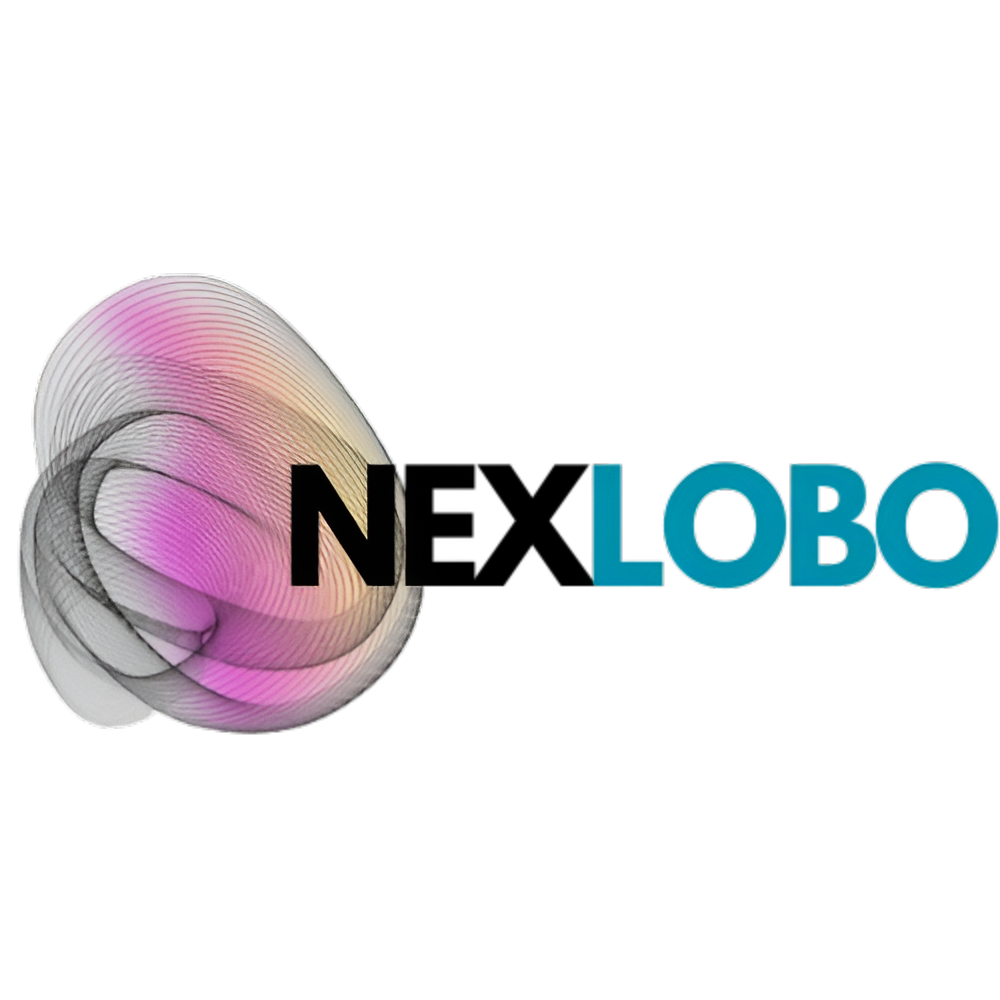Reach or Relevance? How to Win Big with Smarter Programmatic Campaigns (2025 Guide)

When I first started running programmatic campaigns, I was obsessed with reach. The bigger the audience, the better — or so I thought. I poured my budget into wide-scale impressions, convinced that visibility alone would drive conversions. But the results were disappointing — clicks were plenty, yet engagement and sales lagged.
That’s when I realized something crucial: reach without relevance is like shouting into a crowded room. You’re heard, but not remembered. Over time, I learned how to balance both, and the results completely transformed my campaigns.
For anyone struggling with a similar challenge, this guide breaks down exactly how to find the sweet spot between visibility and precision in your programmatic campaign. You can also explore this detailed resource on how to optimize video ads in Connected TV (CTV), which provides insights that perfectly complement programmatic targeting strategies.
Why Finding Balance Matters in Programmatic Campaign
Balancing reach and relevance in programmatic campaigns is one of the most important — and misunderstood — aspects of digital marketing. Many advertisers chase impressions, while others focus only on hyper-specific targeting. The truth? The best results lie somewhere in between.
In one of my early programmatic campaigns, we targeted a very broad audience for an e-commerce client. The ad got thousands of impressions, but conversions were under 0.5%. When we shifted strategy — using AI personalization and predictive segmentation — engagement tripled, and cost per acquisition (CPA) dropped by 40%.
This balance doesn’t just improve numbers; it enhances brand perception. A campaign that feels relevant makes users feel understood — and that’s the foundation of trust.
How To Optimize Programmatic Campaign for Broader Yet Smarter Reach
Optimizing programmatic campaigns for reach doesn’t mean showing ads to everyone. Instead, it’s about using data to expand your audience strategically.
Start with automated customer targeting to identify users who resemble your existing high-performing audience. Next, layer contextual targeting — such as interests, device type, and browsing behavior — to reach new but relevant users.
When I experimented with this approach for a travel brand, the reach expanded by 65% while maintaining the same engagement rate. The trick was data-informed flexibility — widening the net without losing message accuracy.
It’s all about using smart tools, continuous testing, and creative adaptability to make every impression count.
How To Make Programmatic Campaigns More Relevant with Personalization
If you’ve ever scrolled past a completely irrelevant ad, you know how frustrating bad targeting can be. I once managed a programmatic campaign where the creative didn’t match the audience — the result? Sky-high bounce rates.
The fix came when we introduced AI personalization. By dynamically changing ad visuals and copy based on a user’s location, behavior, and intent, we created relevance at scale.
To boost relevance in your own programmatic campaign, try:
Leveraging first-party data for deeper customer insights.
Applying micro-segmentation to craft personalized offers.
Testing message variations across different audience segments.
When done right, personalization doesn’t just boost clicks — it builds emotional resonance.
How To Measure the Right KPIs in Programmatic Campaign
To truly balance reach and relevance, you must measure what matters. Many marketers still rely solely on CTR or impressions — but that’s only part of the picture.
In my most successful programmatic campaign, I tracked engagement quality through metrics like view-through conversions, time on site, and post-click actions. These tell you whether your ad not only caught attention but inspired action.
A quick tip: Use a data dashboard that integrates campaign results with customer behavior analytics. This gives a 360° view of ad performance and highlights where to adjust targeting or creative.
How To Use Data and Creativity Together in Programmatic Campaign
Too many marketers treat data and creativity as separate forces — but in reality, they’re partners. The best programmatic campaign combine data-driven insights with compelling storytelling.
In one campaign for a lifestyle brand, we used predictive segmentation to identify micro-moments (when users were most likely to engage). Then we paired that with emotional, human-centered storytelling in our creatives. The results? A 58% lift in engagement and 3x higher brand recall.
If I’ve learned one thing over the years, it’s this: algorithms can find your audience, but creativity keeps them interested.
The Future of Programmatic Campaigns: Privacy, Precision, and Trust
As privacy regulations evolve and third-party cookies phase out, the future of programmatic campaign will depend on transparency and trust. Building first-party data strategies and investing in ethical personalization will soon be non-negotiable.
If you want to learn more about adapting your marketing in this privacy-first era, check out this comprehensive guide on how to pivot your ad strategy without third-party cookies.
Ultimately, the brands that succeed will be those that connect authentically — balancing technology with empathy, and reach with relevance.







Leave a Reply